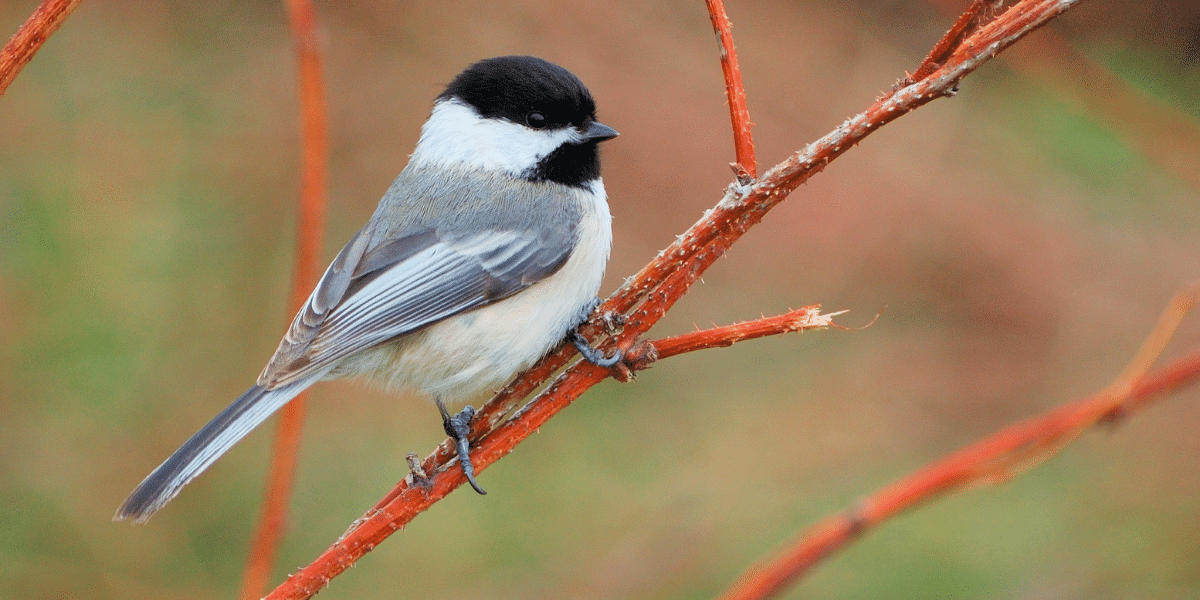The Thumb Land Conservancy opted out of having their lands sprayed for spongy moths yet they had very few of the invasive species on their property this year. All of the credit seems to go to birds for keeping the spongy moth population under control this year.
The nature conservation group had concerns about the effects that the natural bacterium BTK, used to kill spongy moth caterpillars, might have on other caterpillars of native moths and butterflies, so they chose not to be part of the county-wide spraying initiative.
There were very few spongy moth caterpillars at the Thumb Land Conservancy property in Fort Gratiot, presumably because they were all being eaten by birds.
The newsletter stated that a single pair of Black-capped Chickadees may forage several thousand caterpillars to raise a single brood of young.
In their most recent newsletter, the Conservancy pointed out that having a healthy native bird population is a very effective way to control spongy moths.
The Thumb Land Conservancy provides a wealth of information about maintaining healthy habitats in Michigan’s Thumb region. Contact information can be found at WGRT.com.
Reporting for WGRT – Jennie McClelland


